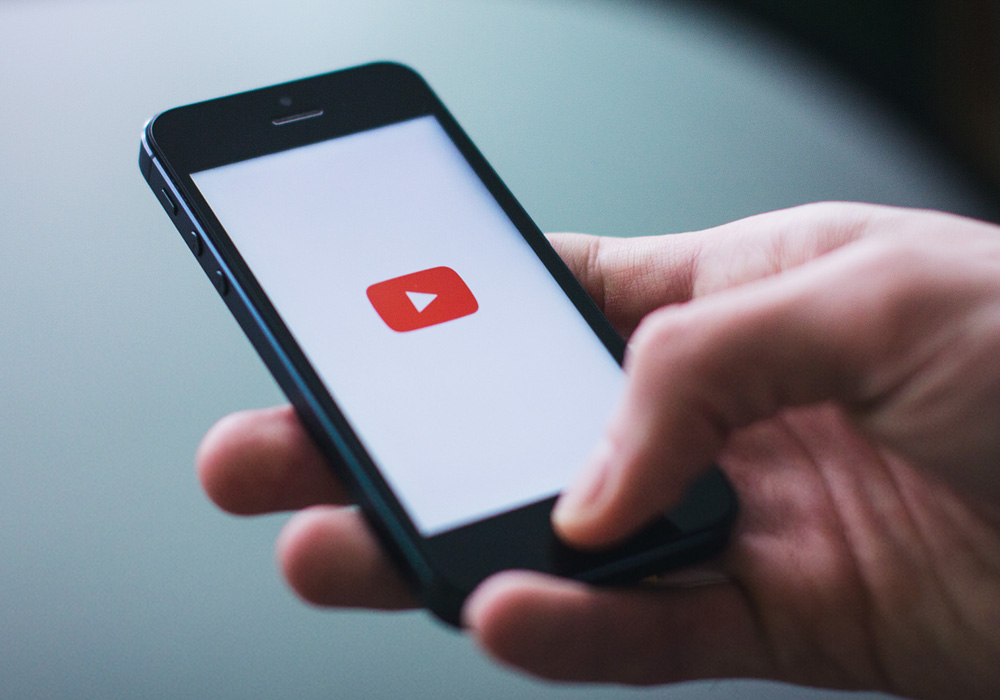Studies show that when it comes to watching TV, comedy is part of a complete breakfast. Digital video game sales are up, retailers see AI in their future, AR use is on the rise and being without a phone makes a lot of people nervous.
TV App-etite
Fifty-two percent of Americans watch streaming content on their TV, according to findings by Ipsos for TLC. The nationwide survey confirmed not only the trend of cutting ties with cable providers, but engaging with a wide variety of TV apps. A sample of 4,024 U.S. adults ages 18 and over was interviewed online including 2,115 adults who say they use apps—either on their TV or via a smart device—to watch streaming content on their TV.
“Chillin'” at the top of the list is Netflix, used by 73 percent of respondents. Rounding out the top 10 are YouTube (51 percent), Amazon Instant Video (36 percent), Pandora (32 percent), Hulu (30 percent), HBO Go/HBO Now (27 percent), Spotify (24 percent), Watch ESPN (17 percent), Disney Channel (17 percent) and NBC (16 percent).
What are people watching on Netflix, you ask? It depends on the time of day, the company reported on Tuesday. Viewers rise and shine for comedies, Netflix found—around 6AM, its members are 34 percent more likely to watch comedy compared to the rest of the day. Across the world, drama accounts for nearly half (47 percent) of viewing between noon and 2PM and an additional 27 percent by 9PM. From 11PM to midnight, however, it’s back to unwinding with comedy. After midnight, Netflix found, the wee hours are for learning—documentaries see a 24 percent increase in viewing during this time, including titles like Abstract, Making a Murderer and Planet Earth.
Game On
According to SuperData Research, the global games software market’s total digital revenue in April 2017 increased by nine percent from 2016 to $7.7 billion. Bluehole Studio’s PlayerUnknown’s Battlegrounds, while still in Early Access, made an estimated $34 million in gross digital revenue in April. GTA V is still going strong thanks to the “Tiny Racers” update.
The top games by total digital games sales in April were League of Legends (PC), FIFA 17 (Console) and Clash Royale (Mobile).
Hands Off The Phone
If your eyes are constantly glued to a smartphone, you’re not alone. A recent study by B2X found that about half of millennials spend at least three hours per day on their phone and 25 percent of Baby Boomers do the same. According to the company’s Smartphone and IoT Consumer Trends 2017 report, about 25 percent of millennials spend at least five hours each day using their smartphone.
The study also found that 74 percent of respondents worldwide wouldn’t give up their cell phone for a full day, even to spend that day with a favorite celebrity.
About one-quarter feels stressed, lost or sad when disconnected from their phones. Eighty-five percent of all smartphone users who participated in the study have their cell phone within reach at all times.
Cell phones aren’t the only screens catching eyes. The average household has 7.3 screens, according to findings by ReportLinker. Although 93 percent of survey respondents said they had a TV, 79 percent mentioned smartphones, laptops (78 percent) and tablets (68 percent). Sixty-two percent of parents say their kids spend three or more hours using a smartphone, compared to 57 percent who say their children spend more than three hours a day playing video games.
Watch And Learn
There are several forms of video advertisements, but pre-roll was found to be the least interruptive, according to a study by YuMe. Only 17 percent of mobile device users felt that the ad interrupts the content compared with 60 percent on outstream and 72 percent on mid-roll.
A separate Yume study found that multiple exposures to a video ad increases brand awareness. On average, for purchase intent and brand favorability, these ads are most effective at a minimum of nine exposures.
From AI To AR
Could artificial intelligence (AI) be the way of the retail future? According to a new report from BRP, 45 percent plan to use AI within three years to enhance the customer experience. Social media is another focus for retailers, with 92 percent of retailers using it as a tool for customer research.
Aside from organic use of social media accounts, 80 percent of marketers use paid social ads, according to a new report by Target Marketing. Budgets for social media marketing have changed dramatically over the last six years, from more than 50 percent not using social media in 2013 to nearly 50 percent increasing spending on it in 2016.
This year, 12.3 percent of the US population will engage with some form of AR content, according to a new forecast by eMarketer. Forty million people in the US will engage with some form of augmented reality (AR) at least monthly, up 30.2 percent over last year, fueled by Snapchat Lenses and Facebook Stories, while VR usage will be driven by 360-degree videos on social networks. By the end of 2019, eMarketer projects AR users will top 54.4 million, accounting for 16.4 percent of the US population, or nearly one in five internet users.

